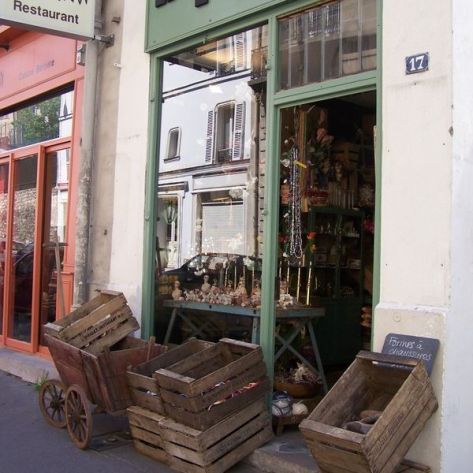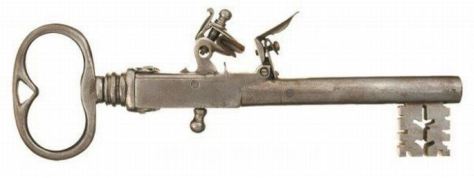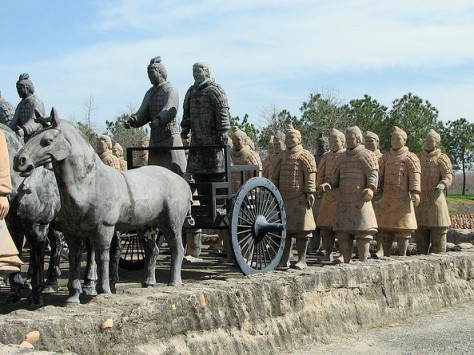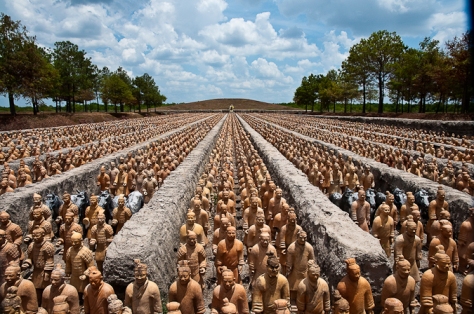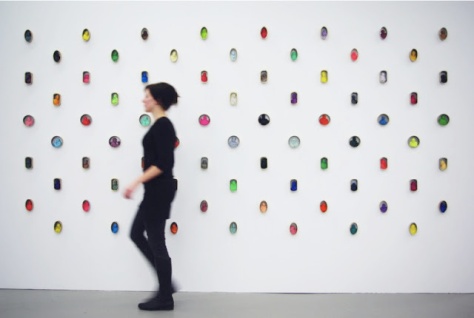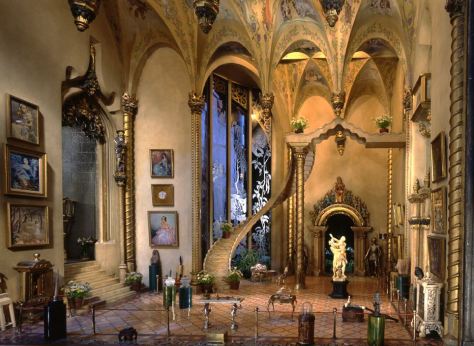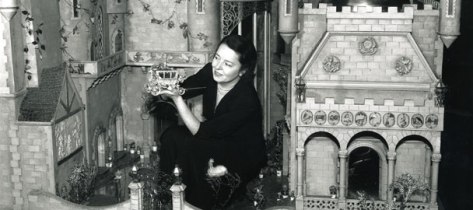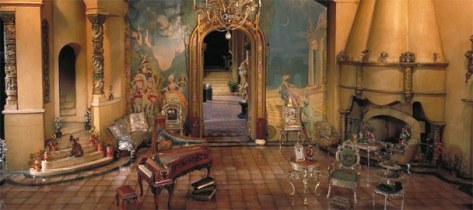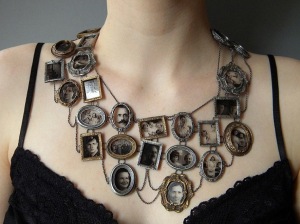If the items were really as its name, Tombées du Camion, (items fallen from the back of a truck) suggests, this little shop in Montmartre would never have lasted as long as it has. Tucked away in a forgotten passageway, between chic fashion and the questionable Pigalle area, is found one of the most interesting assortments of salvaged and found items in Paris.
A temporary resting place for unwanted and unclaimed curiosities, Tombées du Camion is like a museum of the odd, all squeezed into under 200 square feet. Everything in excess, from doll parts to police whistles and pill containers on display in wooden crates will hold you in it’s spell. There are French porno banners from the 1970s, rusted mortuary plaques (probably pried from old burial sites), and unused flasks of an opium cure for diarrhea. Most of these items are made in France, and every object has a story.
Much of the stock has been salvaged from attics and corners of old factories in random locations around France, often left after their usefulness seemed to have passed.



